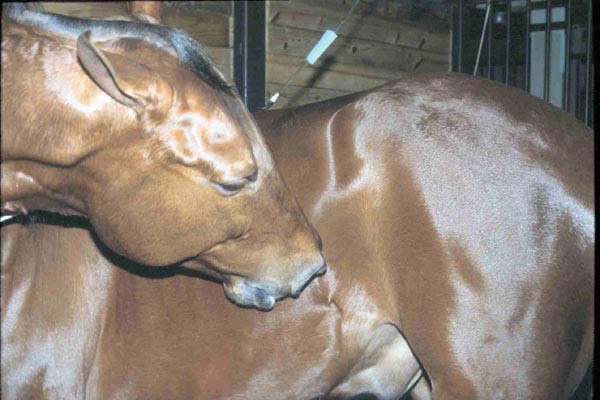Recognizing Emergency vs Non-Emergency Situations with Your Horse

Understanding when your horse is in an emergency versus a non-emergency situation is crucial for their health and safety. This guide will help you identify key signs, respond appropriately, and ensure your horse receives the right care promptly.
What Constitutes an Emergency?
An emergency situation with your horse requires immediate action to prevent serious injury or death. Common emergencies include:
- Severe bleeding or wounds
- Difficulty breathing or choking
- Sudden collapse or inability to stand
- Severe colic or abdominal pain
- Fractures or broken bones
- Signs of heatstroke or hypothermia
- Poisoning or ingestion of toxic substances
Non-Emergency Situations
Non-emergency situations are those that require attention but are not immediately life-threatening. These include:
- Minor cuts or scrapes
- Mild lameness or stiffness
- Behavioral changes without physical distress
- Mild colic symptoms that improve with rest
- Slight respiratory issues like a mild cough
How to Assess Your Horse’s Condition
| Step | Action | Details |
|---|---|---|
| 1 | Observe Behavior | Look for signs of distress, pain, or unusual behavior |
| 2 | Check Vital Signs | Measure temperature, pulse, respiration rate |
| 3 | Inspect Physical Condition | Look for wounds, swelling, or deformities |
| 4 | Evaluate Environment | Consider recent changes or hazards |
Immediate Actions in Emergencies
- Call your veterinarian immediately.
- Keep your horse calm and still.
- Apply first aid if trained (e.g., control bleeding).
- Remove hazards from the area.
When to Contact a Veterinarian
Always err on the side of caution. Contact your vet if you notice:
- Persistent or worsening symptoms
- Unexplained changes in behavior
- Any signs listed under emergencies
FAQs
Q: How can I tell if my horse’s colic is an emergency?
A: Severe, persistent rolling, pawing, or inability to get comfortable usually indicates an emergency.
Q: What should I do if my horse is choking?
A: Keep the horse calm, remove any visible obstruction if safe, and call your vet immediately.
Q: Are mild lameness issues always non-emergencies?
A: Not always. If lameness worsens or is accompanied by swelling, contact your vet.
Summary
Recognizing the difference between emergency and non-emergency situations with your horse can save lives. Being prepared, observant, and knowing when to seek professional help ensures your horse’s well-being.
This article is designed to be SEO-friendly by incorporating relevant keywords such as “horse emergency signs,” “horse health care,” and “when to call a vet for horse.” The use of tables, lists, and FAQs improves readability and user engagement.
